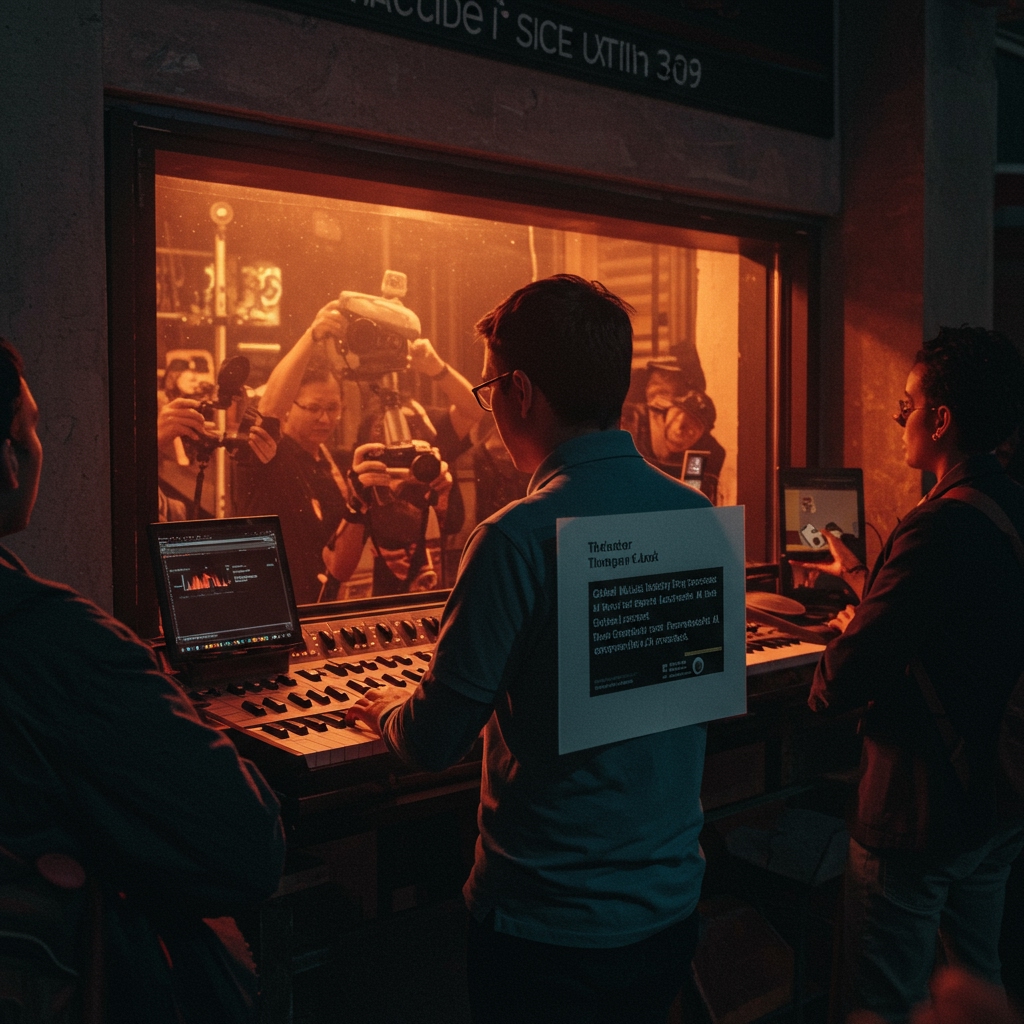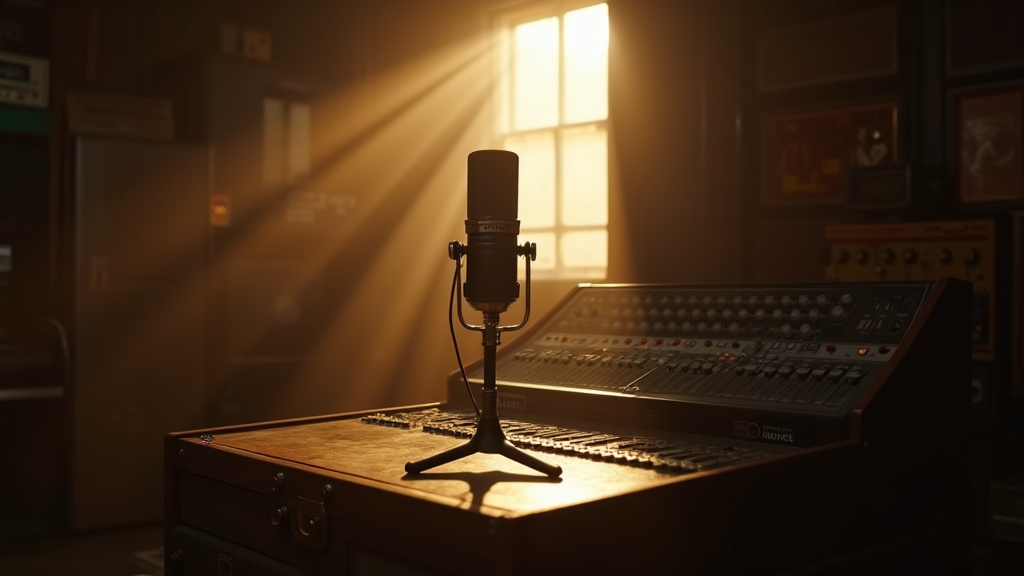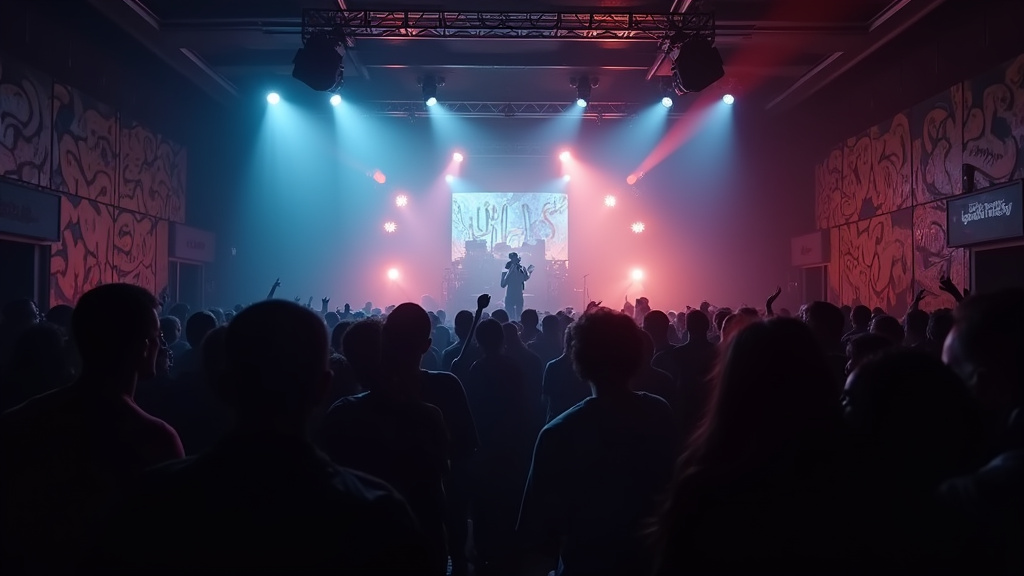Music Industry Seeks AI Licensing Framework: GMRA Unveils Comprehensive Proposal
Geneva, Switzerland – The Global Music Rights Alliance (GMRA) today marked a significant step in addressing the complex intersection of artificial intelligence and intellectual property by unveiling a comprehensive white paper. Announced during their annual conference held in Geneva on April 17, 2025, the proposal outlines a detailed licensing framework specifically designed to govern the use of copyrighted musical works in training generative AI models and the commercialization of AI-generated musical output.
The white paper, the culmination of extensive research and consultation within the global music community, directly confronts the burgeoning challenge posed by AI technologies capable of creating music. As generative AI models become increasingly sophisticated, the music industry has raised concerns about the unlicensed ingestion of vast quantities of copyrighted music for training purposes and the subsequent commercial exploitation of AI-generated content derived from that training.
Key Components of the Proposed Framework
The GMRA’s proposal centers on two core pillars: transparency and compensation. Recognizing the black-box nature of many AI training processes, the framework puts forth stringent requirements for developers of generative AI models. Specifically, it mandates that AI developers must transparently report the precise copyrighted music used in their training datasets. This requirement aims to create an auditable trail, allowing rights holders to understand how their intellectual property is being leveraged by AI technologies.
The second pillar introduces a novel, tiered royalty structure. This structure is not a one-size-fits-all solution but is instead designed to be adaptable based on the commercial output and usage frequency of AI-generated tracks. The proposal suggests that different royalty rates or licensing terms could apply depending on whether the AI output is used for incidental background music, commercial releases, synchronization licensing, or other forms of distribution and monetization. This tiered approach acknowledges that the commercial value and impact on existing repertoire can vary significantly depending on how the AI-generated music is utilized.
Addressing the Rapidly Evolving Landscape
GMRA leadership addressed attendees at the Geneva conference, emphasizing the urgency and importance of establishing clear guidelines in what they described as a “rapidly evolving landscape.” They stressed that the initiative is fundamentally about ensuring fair compensation for creators – songwriters, composers, performers, and publishers – whose works form the foundational data upon which these powerful AI models are built. The alliance argues that without a clear and equitable licensing system, the economic value of musical copyrights could be significantly eroded, potentially undermining the sustainability of music creation itself.
The white paper details the rationale behind the proposed framework, citing the need to balance technological innovation with the protection of intellectual property rights. It argues that a clearly defined licensing model provides legal certainty for both AI developers and rights holders, fostering innovation while preventing unlicensed use and ensuring creators participate in the economic benefits generated by AI technologies trained on their work.
Potential Impact and Expected Debate
The GMRA’s proposal is ambitious and aims to set a global precedent for how AI music licensing is handled. However, its implementation is expected to spark significant debate. Technology firms involved in AI development have previously expressed concerns about the feasibility and scope of tracking and reporting training data, as well as the potential costs associated with widespread licensing. Music labels and publishers, while broadly supportive of the goals, may also have differing views on the specifics of the tiered royalty structure and its practical application.
The proposal represents a proactive stance from the music industry, attempting to shape the future of AI music rather than simply reacting to technological advancements. It suggests a path forward where AI can be a tool that complements human creativity, provided that the underlying intellectual property rights are respected and appropriately licensed.
While the white paper outlines the proposed framework, the path to adoption, whether through industry-wide agreements, legislative action, or a combination thereof, remains uncertain. The release of this proposal signals the beginning of a potentially lengthy negotiation process involving rights holders, technology companies, and policymakers worldwide. The music industry, through the GMRA, has clearly articulated its vision for a future where AI music thrives within a transparent and fairly compensated ecosystem.





